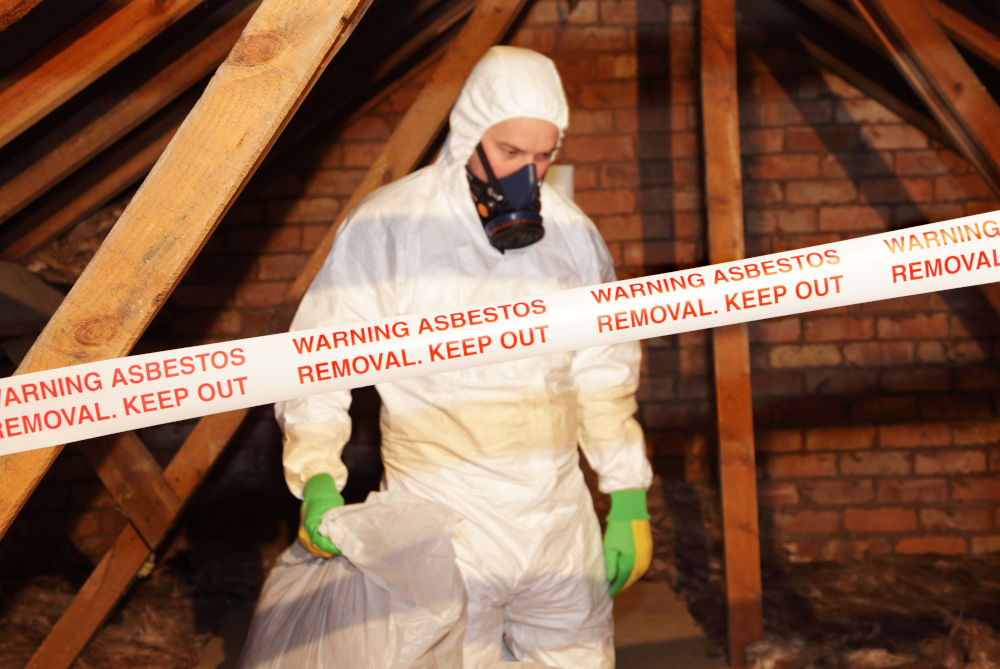Asbestos: facelift for standard NF X43-050

Twenty-five years after asbestos was banned in France, AFNOR has published a new version of standard NF X43-050 for professionals measuring airborne fiber concentration.
Twenty-five years ago, France banned the use of asbestos, and the first major asbestos-removal projects began: remember Jussieu, in Paris? With them comes a whole arsenal of methods for measuring fiber content in the air, and precautions to protect operators. These include standard NF X43-050, which describes the protocol for determining the dimensions, nature and concentrations of asbestos fibers present in the air. A reference text, if the many regulatory texts that cite it are anything to go by.
But that was twenty-five years ago…” Today, sampling, preparation and analysis techniques have evolved. In addition, the limit value for worker exposure (VLEP) has been lowered to 10 fibers per liter, which has changed the scale of air measurements. It was therefore necessary to revise the standard, which dated from 1996 “says Caroline Lhuillery, project manager at AFNOR, who helped professionals write the updated standard. This has been the case since July 2021, with a new version available in the AFNOR collection.
The changes concern the following points: sample collection and preparation, transmission electron microscope, camera resolutions, filters and membrane porosity, mass versus volume flow, field blank, sampling system tightness, fiber classification, etc. In addition, the standard had to be updated to bring it into line with a standard published in the meantime, the December 2017 NF X43-269 standard on workplace air quality, which deals more specifically with membrane filter sampling to determine fiber number concentration using microscopy techniques.